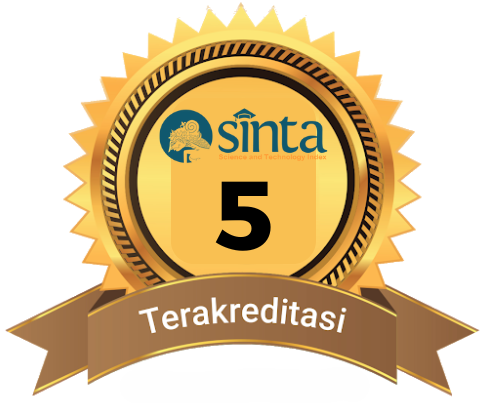Wayang dan Perkembangannya
Abstract
Shadow Puppet Theatre and Its Development. Wayang (shadow puppet show) has developed and changed in forms, performing techniques, types, and details. The wayang show refers to the values of life and is an interpretation of life that is actualized through the art of shadow play puppetry. Because of it, wayang show presents a number of values, the ones that are related to various matters that are revealed in real forms as well as the ones that are associated with the customs and manners of the society. In addition to other objectives, such as providing information, delivering propaganda, critisizing the social life, entertaining and so on, each show is hoped to be able to deliver motivating messages to the audiences so that they can get satisfying aesthetics experience.The show is a value resource that can express a message artistically and aesthetically.
Javanese Wayang Kulit Purwa still exist in the era of globalization for it is not merely seen from its visual or aesthetical aspects, but also the meanings behind it. For Javanese people, wayang functions as a performance, a life teaching, and a life arrangement. For that reason, in 2003, UNESCO declared wayang as an intangible world heritage.
keywords: puppet theatre, wayang, kelir
Full Text:
PDFReferences
Bandon, James, R., 1970, On Thrones of Gold Theatre Javanese Shadow Plays, Cambridge, Massachussets: Harvard University Press.
Ciptoprawiro, Abdullah, 1986, Filsafat Jawa, Jakarta: Balai Pustaka.
Haryono, Timbul, 2008, Seni Pertunjukan dan Seni Rupa dalam Perspektif Arkeologi Seni, Surakarta: ISI Press.
Hazeu, G. H. J., 1979, Kawruh Asalipun Ringgit Sarta Gegepokanipun Kliyan Agami in Jaman Kina, Jakarta: Proyek Buku Bacaan dan Sastra dan Kebudayaan.
Hazim, Amir, 1991, Nilai-nilai Etis dalam Wayang, Jakarta: Pustaka Sinar Harapan.
Humardani, S.D., 1973, Beberapa Pikiran Dasar Seni Tradisi Latar Belakang Pengembangan Seni Tradisi Pertunjukan, PKJT Surakarta
Kayam, Umar, 1981, Seni Tradisi dan Masyarakat, Jakarta: Sinar Harapan.
urtiyoso, Bambang, 1980, "Mengenal Karya Baru Wayang Layar Lebar Sandosa, dalam Gatra no. XVIII, Jakarta: Senawangi.
Murtiyoso, dkk, 1998, "Pertumbuhan dan Perkembangan Seni Pertunjukan Wayang", Laporan Penelitian STSI Surakarta.
Rassers, W. H., 1959, Pandji the Cultural Hero: A Structural Study of Religion in Java, The Haque: Martinus Nijhoff.
Soetarno dan Sarwanto, 2010, Wayang Kulit dan Perkembangannya, Surakarta: ISI Press.
Soetarno, 2010, Teater Wayang Asia, Surakarta: ISI Press.
Soetrisno, R., 1972, Pengetahuan Pedalangan, Surakarta: ASKI Surakarta.
Suwarno, B., 1980, Pembuatan Wayang Golek Putihan, Surakarta: Proyek IKI Surakarta.
Wibisono, Singgih, 1974, Wayang sebagai Sarana Komunikasi, dalam Prisma no 3, th III/Juni 1974.
DOI: https://doi.org/10.24821/ekp.v10i2.12353
Refbacks
- There are currently no refbacks.






